China will host the world's first half marathon (21.0975 km) race between humans and humanoid robots. The race will take place in April 2025 in Daxing District, Beijing.
According to the Beijing Economic and Technological Development Zone, companies, research institutes, robotics clubs and universities from around the world will compete with their humanoid robots. One key requirement is that the robots must look like humans. Furthermore, they must be equipped with mechanical structures that allow them to perform movements such as walking or running on two legs, without moving on wheels.
Humanoid robots, developed by companies around the world, will run on the streets alongside 12,000 human runners. Robots will run the entire race for the first time this year. Humanoid robots must be between 0.5 and 2 meters tall. Remote-controlled and fully autonomous humanoid robots can participate in the race. They are also allowed to change batteries during the race.
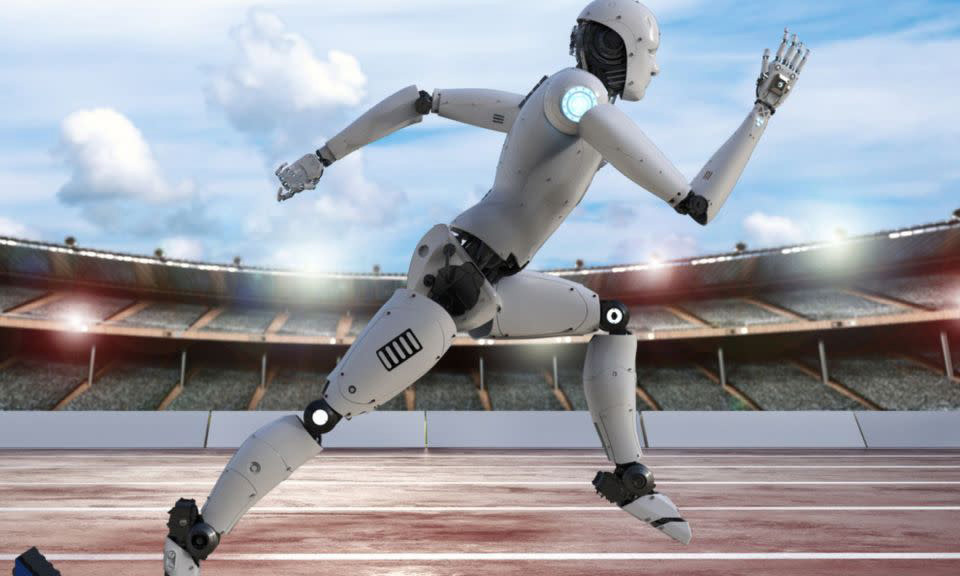
China will hold the world's first half marathon (21.0975 km) race between humans and humanoid robots in Daxing district, Beijing, in April.
An unprecedented race between humans and robots is scheduled to take place in Beijing this April. Photo: iStockHumanoid robots, developed by companies around the world, will run the streets with 12,000 human runners. The robots will run the entire race for the first time this year. The top three runners will receive prizes. The unprecedented race shows China's ambition to become a leader in artificial intelligence (AI) and robotics, Interesting Engineering reported on January 20.
According to the Beijing Economic and Technological Development Zone, companies, research institutes, robotics clubs and universities from around the world will compete with their humanoid robots. One key requirement is that the robots must look like humans. Furthermore, they must be equipped with mechanical structures that allow them to perform movements such as walking or running on two legs, without moving on wheels.
The height of the humanoid robot must be between 0.5 and 2 m. Both remote-controlled and fully autonomous humanoid robots can participate in the race. They are also allowed to change batteries during the race.
China is not the only one actively developing robots. In 2023, the four-legged robot RAIBO2 of the Korea Advanced Institute of Science and Technology (KAIST) conquered a full marathon (42.195 km) in Korea. Notably, it completed the long distance in just over 4 hours on a single battery charge, demonstrating a major step forward in robot endurance. This achievement made RAIBO the first four-legged robot in the world to complete a full marathon.
China sees humanoid robots as a strategic element for its economic development and technological independence. Moreover, robots are expected to help address China’s pressing challenges such as an aging population and a shrinking workforce. Last year, humanoid robots were put into operation in a factory of electric vehicle maker BYD.
China is also increasingly using robots to serve the elderly. This includes deploying robots as caregivers, providing emotional support, health monitoring, and smart home assistance.
According to Intellectual Property
Source: https://doanhnghiepvn.vn/cong-nghe/trung-quoc-to-chuc-cuoc-dua-giua-nguoi-va-robot-hinh-nguoi/20250124073343091








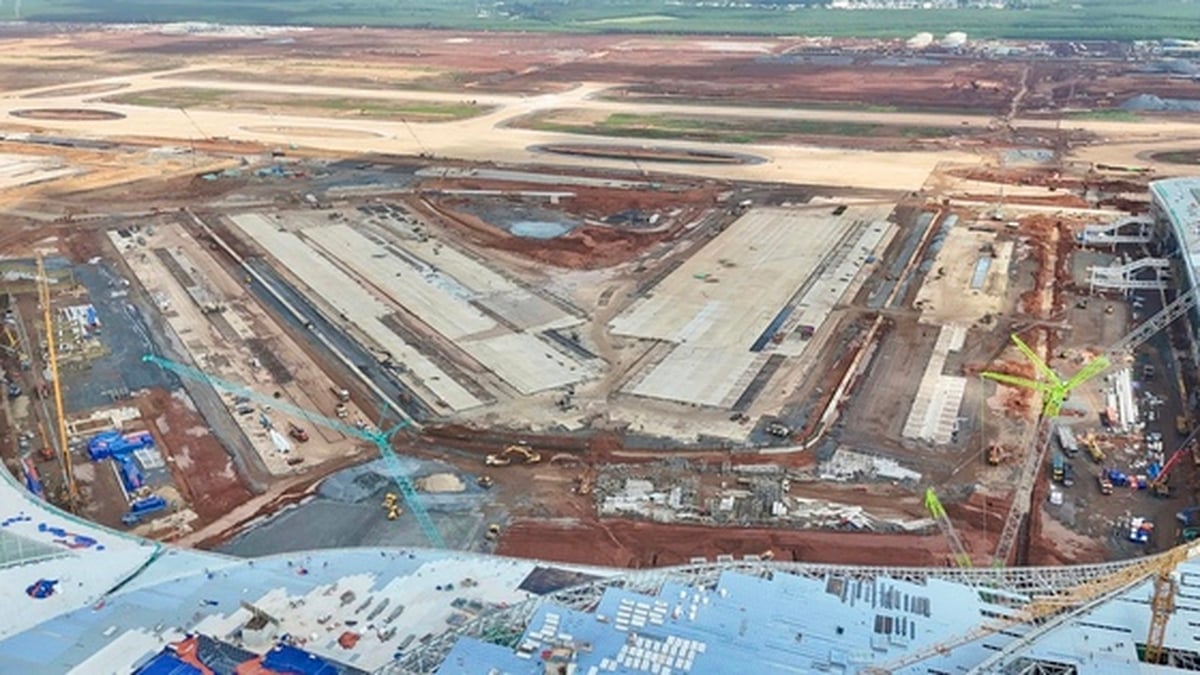



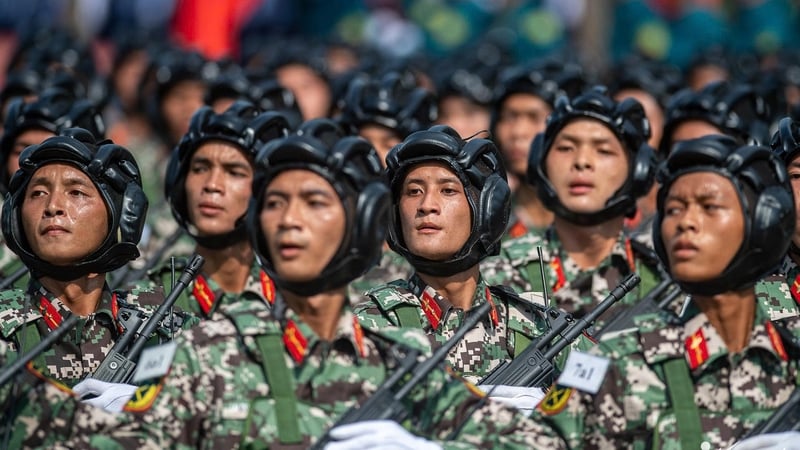















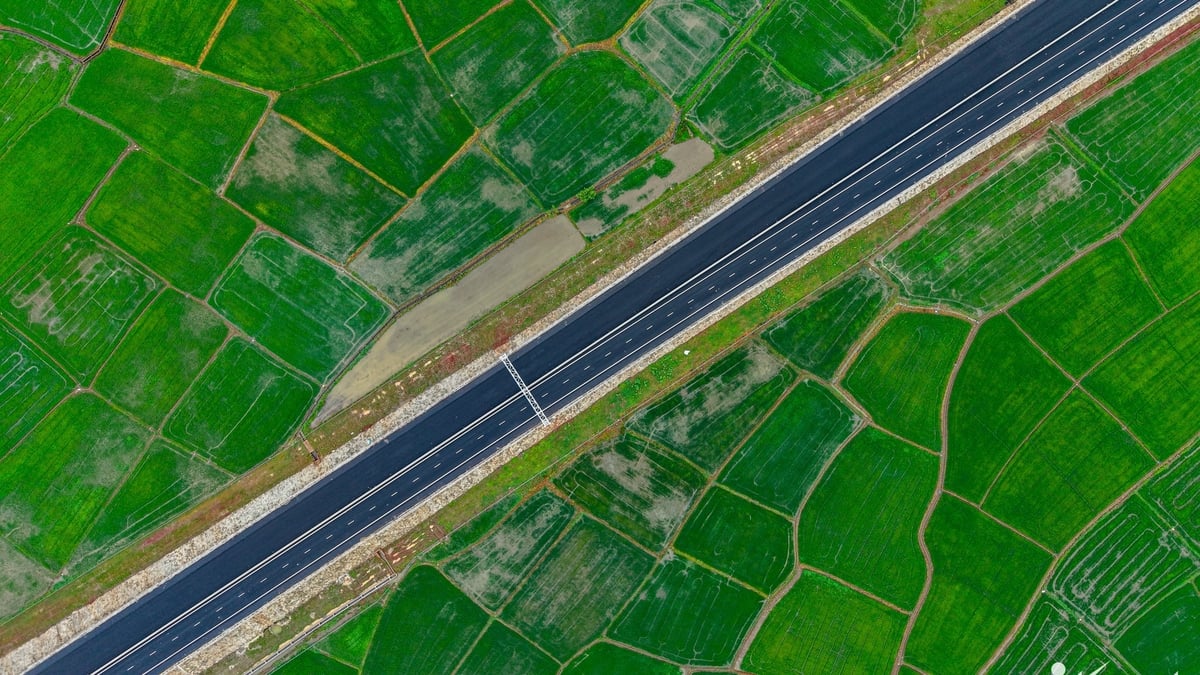


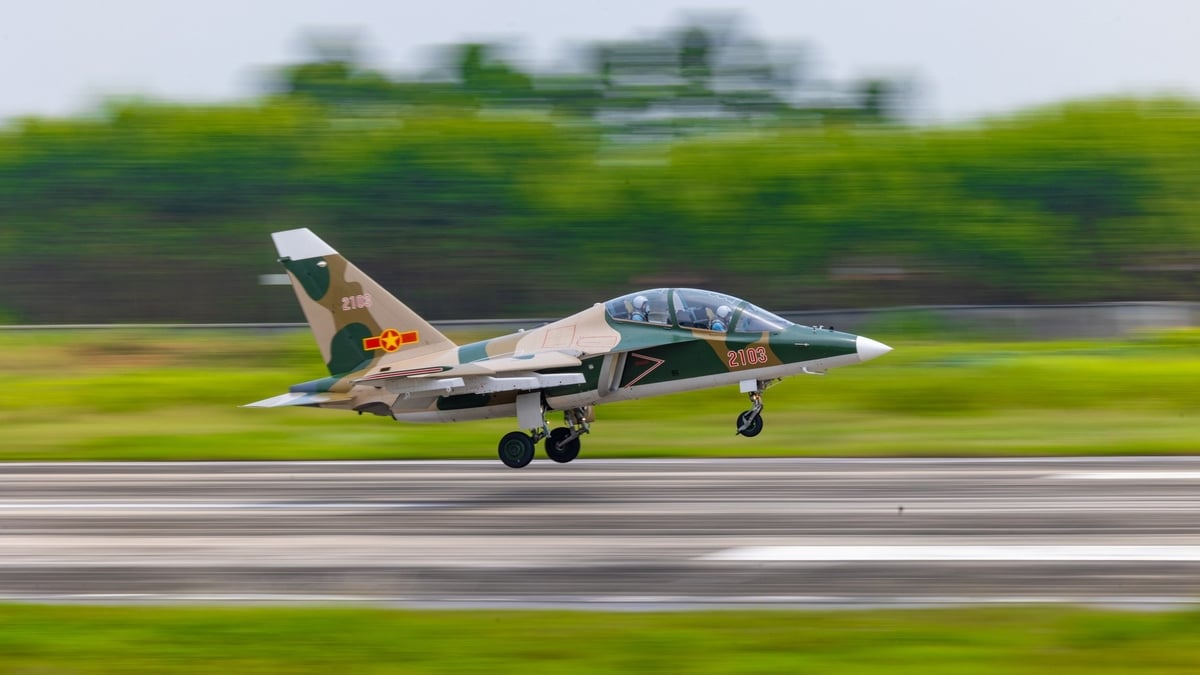


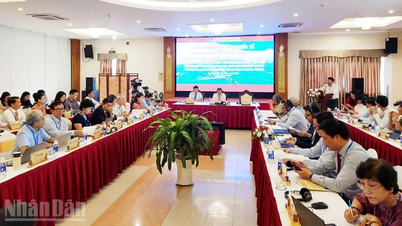
















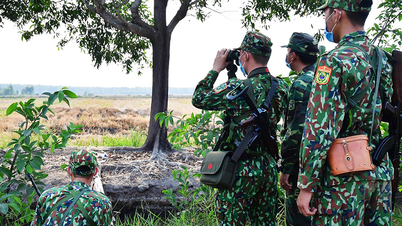





















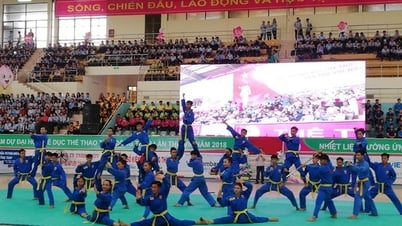





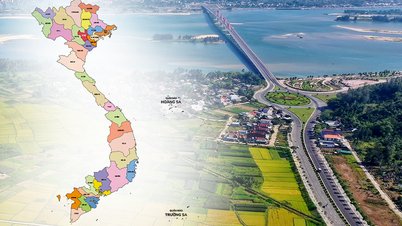


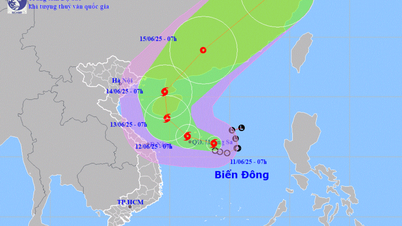


















Comment (0)